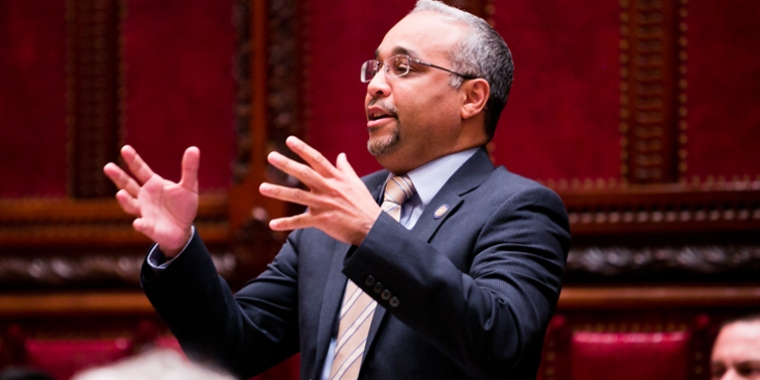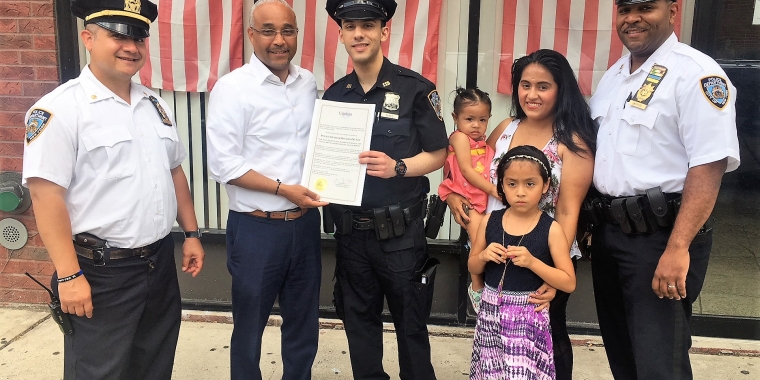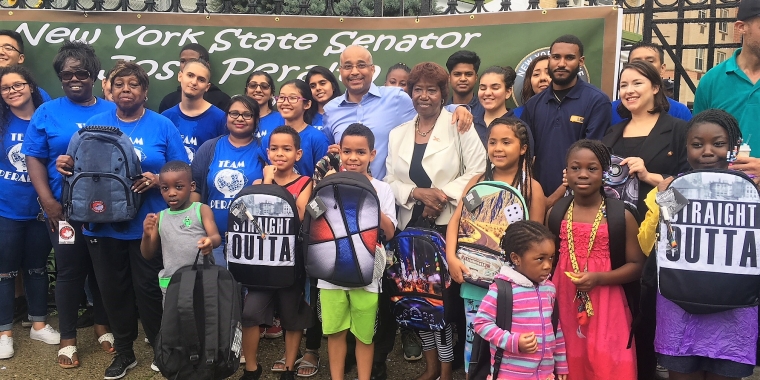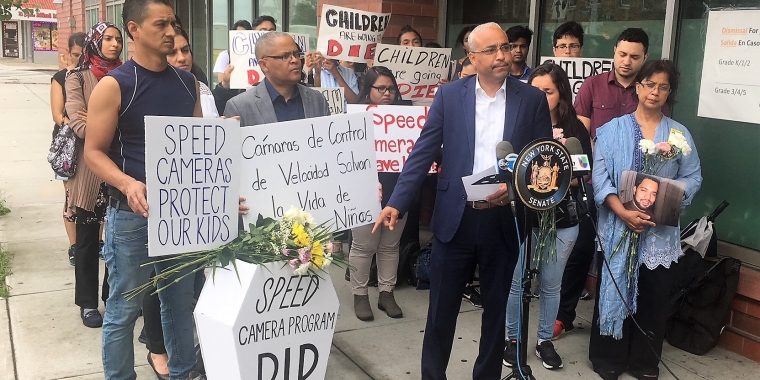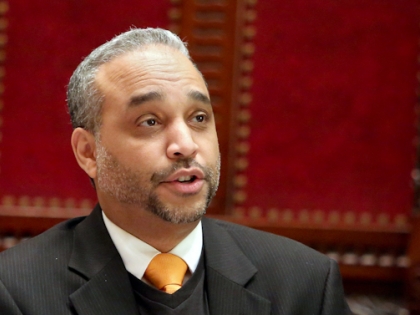
Inside the Black Market for Fake Green Cards: Vice
Vice.com published an article about the black market for fake identifications, particularly for fraudulent Green Cards.
This is the piece written by Serena Solomon.
Vice.com: Finding a fake green card isn't difficult. I know this because after a half hour of looking online, I was already emailing with someone who said he or she could make one for me.
The response came in seconds from a Gmail account. "Yes, we are capable of providing you with the green card, but the cost will depend on how soon you will need the green card." The email described two tiers of service: I could get the counterfeit green card in four days for $180 plus $55 in postage. If I wanted rush service—a two-day guarantee—I'd have to pay $280.
Both prices seemed like a steal compared to my legitimate green card (I'm Australian, married to an American), which cost me more than $1,500 and weeks of DIY paperwork to avoid expensive legal fees, which can easily run into the thousands. For some people, it takes months or years to achieve permanent resident status. And what do you win once you get that coveted green ID card? The ability to legally work anywhere that will hire you, freedom to travel across US borders, and the option of applying for some types of government aid—all benefits citizens take for granted, but is incredibly important for immigrants trying to live in the US.
So it's not surprising that when the real deal proves too difficult to get, many immigrants have looked for extralegal means of acquiring phony documents that can fool at least some of the people, some of the time. And where there's a market, there are merchants to take advantage of it.
"There is certainly money to be made," said Jack Morris, the unit chief for identity and benefit fraud at Immigration and Customs Enforcement (ICE). Morris said the government agency made 1,282 arrests in 2015 related to document fraud, including counterfeit green cards.
The operations that produce these cards, along with driver's licenses and social security cards, are known as document mills. They can range in sophistication from one guy with a laptop to huge operations bringing in millions of dollars, according to Morris.
One of the biggest document mill busts came about in 2010 as a result of "Operation Phalanx," an investigation into a Virginia-based group that had created about 15,000 IDs—including green cards—in one year alone. The document forging ring stretched across 11 states, wired more than $1 million in profits to bosses in Mexico, and even kidnapped and killed their rivals.
Plenty of forgers are willing to risk arrest, and some aren't particularly subtle. On Roosevelt Avenue in Queens, for example, people advertise "papeles" (or "papers" in English) the same way vendors on Canal Street peddle fake Louis Vuitton handbags.
"We get constituents that come in almost daily telling us, 'I got stopped by at least four guys that wanted to sell me a fake ID, a fake green card,'" said New York State Senator Jose Peralta, whose district includes the avenue. He calls it the epicenter of fraudulent IDs for the tri-state area.
Peralta said a typical transaction takes about two hours: A runner posts up on the street, soliciting customers. Another person creates the IDs, usually in a small room behind a legitimate business like a bodega. Once the product is complete, another runner meets the customer at a different drop-off location.
The counterfeit green card market exploded in 1986, when Congress passed the Immigration Reform and Control Act, which made it illegal to hire those who don't have work permission in the US, according to Roy Fenoff, an assistant professor at the Department of Criminal Justice at the Citadel, South Carolina.
"At that time, the [real] cards were not that high-quality," Fenoff said, which made for an easy counterfeiting job.
When Morris started his career as an ICE special agent in 1988, he said, the document mills looked more like somebody's arts and craft hobby than anything criminal.
"We would typically find blank card stock, a typewriter, scissors, laminate, and a laminating machine," he said. "People were honestly cutting out photos and gluing them onto a green card and typing in a person's name."
Since then, green card counterfeiters have become more advanced in order to counter new security features like holograms and tilting ink, which changes color depending on what angle you look at it.
"Good quality printers and scanners that people can get from the local Staples, they are able to put together something that even the experts have a hard time evaluating," said Fenoff.
One thing counterfeits haven't been able to copy, according to Morris, is the credit card–like magnetic strip. This means a counterfeit green card is useless for entry into the US, where Customs and Border Protection agents scan it. Employers can also choose to scan cards through E-Verify, an online system from the US Citizenship and Immigration Services (USCIS) that verifies if someone can legally work in the US.
These phony cards are far from perfect. One immigrant, who spoke to me on the condition of anonymity, told me she got her fake green card through a friend of a friend. She moved to the United States from Slovakia in 2013, in search of a higher-paying job. But when she started looking for work with her fake green card, two restaurants turned her down for jobs because other employees had already presented either the same fake Social Security number or the same fake USCIS number listed on her green card.
"I am not sure how many have the same numbers as I do in Manhattan," she told me.
Even though it's likely that millions of people like her are using fake green cards, Morris said ICE's main focus is bringing down the counterfeiters, not going after individual immigrants.
Peralta, the state senator, has proposed legislation to change selling or manufacturing forged government documents from a class D to a class C felony in New York, raising the penalty from a maximum of seven years in prison to up to 15 years. The bill passed the Senate last year, and Peralta hopes a vote in the Assembly will push it through this year.
Even so, he says, the only legislation that would eradicate the business of counterfeit green cards for good would be a law making it easier for undocumented immigrants to live and work in the US—that means immigration reform at the federal level. As Peralta put it, "The only way is if we stop the demand, if there is a path that leads toward citizenship."
